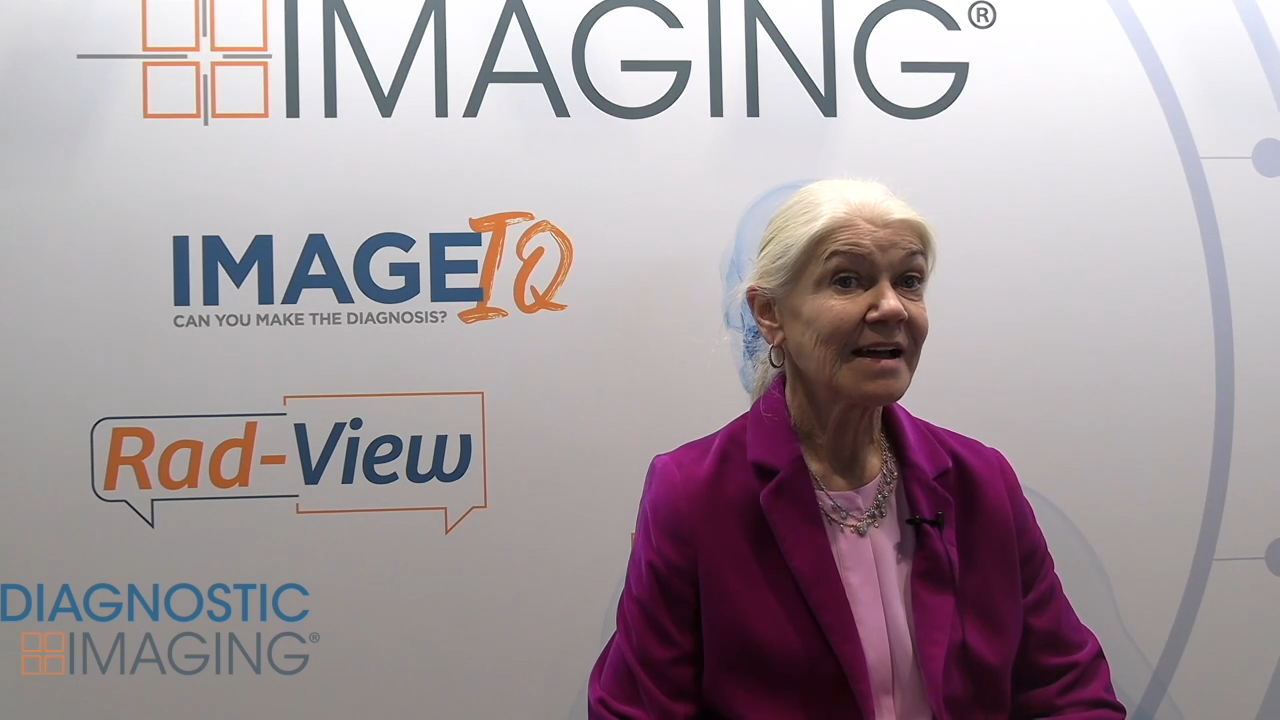Digital radiography reaches milestone
Digital radiography has more than arrived. It is overwhelming film-based systems. And GE Healthcare has the proof, announcing at the RSNA meeting the 4000th shipment of its Revolution digital x-ray detector-based system.
Digital radiography has more than arrived. It is overwhelming film-based systems. And GE Healthcare has the proof, announcing at the RSNA meeting the 4000th shipment of its Revolution digital x-ray detector-based system.
This year's meeting is serving as a springboard to an even brighter future for digital radiography, according to Renaue Maloverti, manager of global radiography for GE Healthcare.
"We expect to show continued improvement in and penetration of DR in the various areas where it's now present," he said. "GE has had flat-panel detectors on cardiac, mammography, vascular and radiography progressively over the past four years, and we're planning on continuing the penetration of DR into the remaining segments that are not yet CR available."
The company also is exhibiting a new CR scanner not yet named. The reader's optics allows CR plates to be scanned and the images quickly previewed. The scanner enables a variety of device configurations, including centralized high-volume systems, distributed single-plate readers, and cassetteless flat panels.
The Reading Room: Artificial Intelligence: What RSNA 2020 Offered, and What 2021 Could Bring
December 5th 2020Nina Kottler, M.D., chief medical officer of AI at Radiology Partners, discusses, during RSNA 2020, what new developments the annual meeting provided about these technologies, sessions to access, and what to expect in the coming year.










